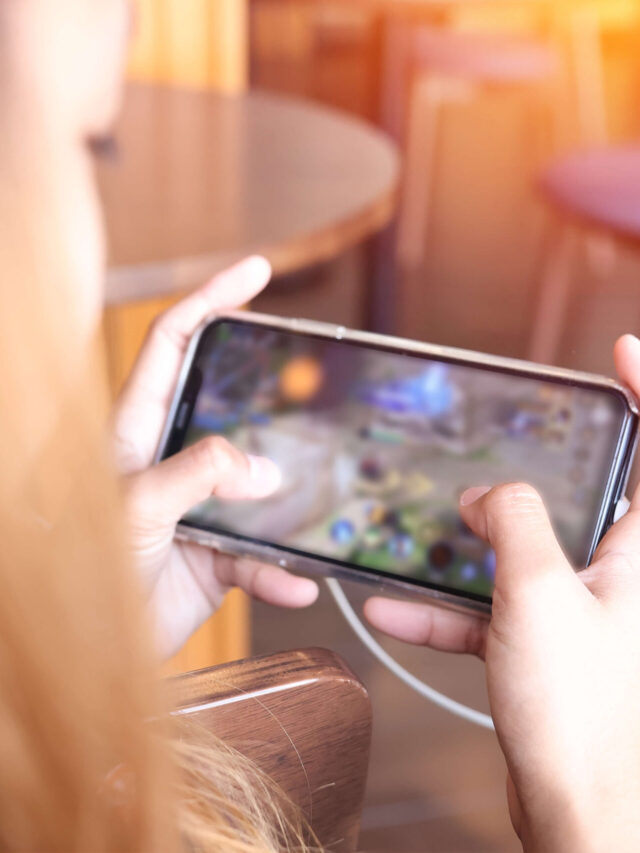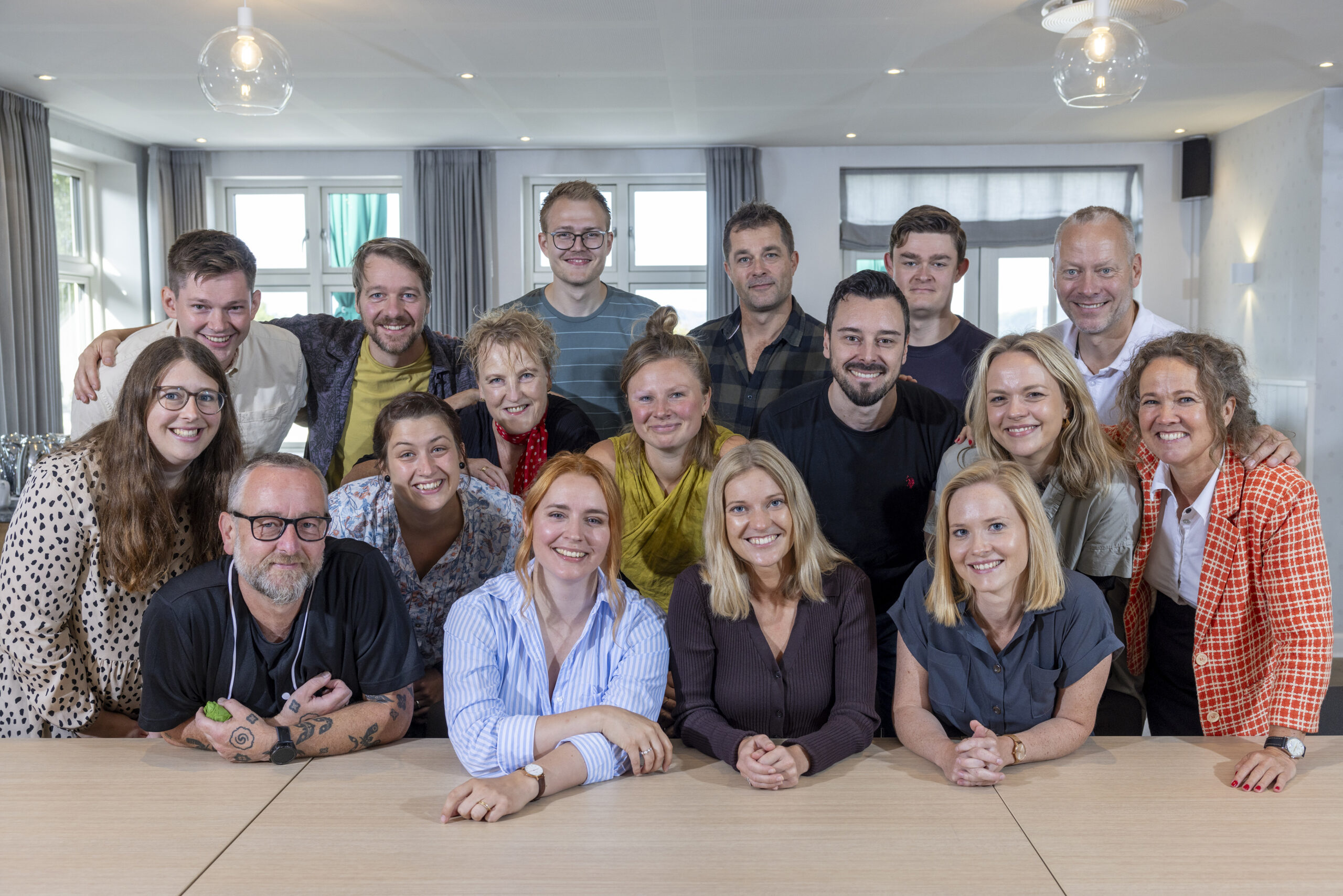The directory of Viborg (Danish city), and guilty youth
Another media event. The Viborg directory. Naked pictures. Apparently, they are everywhere. Today’s youth share their intimate moments with anyone who takes an interest, peadophiles have easy access to profiles of very young people on Snapchat, and revenge-porn has become a mainstream concept in Danish media’s awareness. At Centre for Digital Youth Care we meet those frustrated young people, the social workers and pedagogical staff, the teachers, and parents. But what is what? Why does it happen, and who are the guilty one(s)?
Why does it happen?
The media development have over the last 3-4 years moved in the direction of a significant change in our communication. A few years ago, we paid 40 pence for sending an mms, and today we are surprised if school busses lack wifi. Kids and young people use “mobile packages” that include loads of gigabyte data, and “free” sms and mms texting. So why not communicate in pictures and video? So, we are not dealing with a new “rawness” in Danish youngsters; rather, we are equipped with possibilities which we would also have used, were they present 10 years ago.
Playing with sexual expressions during teen years is a strong driving force, which have even rational minded young people (and most definitely adults too) dropping major clangers. When I present this issue in the classroom on my school visits, most teenagers know that someone can take a screenshot of their pictures to be shared with whomever – also on Snapchat. However, what is disturbing is that you notice an underlying consensus among young people that it is normal to send and receive naked pictures. Because you can! It is very difficult to go against something that feels mainstream. Considering examples from the “Viborg directory” and other current cases, we must all inform about the completely devastating effects such occurrences have on young people who have been through such experiences.
Who is to blame?
Several Danish media debate who is to blame. The girl who shares her picture with her boyfriend, or the boyfriend who shares the picture with the rest of the world? First of all, it annoys me that all agree that it is always the girl who unconsciously and innocently shares her picture with the guy who then displays his trophy as part of a stone age conquest-ecstasy. More than once, I have visited schools where “weenie-pics” have proved to be the biggest problem – that is, scenarios where boys have sent girls pictures of their private parts, and those girls subsequently saving the pictures in Dropbox, and sharing them. We need to treat this as an issue applying to both sexes. Just to create a nuanced picture of that part of the debate…
Guilt is an utterly useless concept in this debate. Because what do we gain by placing the responsibility with one of two sexes? Nothing. Even though one can rightfully argue that it is a big-time moral deroute when a neglected x-boy/girlfriend tosses pictures up on a revenge-porn site, it is too easy to acquit all those people who initially share their pictures with someone. When posting intimate pictures on the internet one takes a risk that must always be considered by the individual. Fact is that one’s control of every single picture that is uploaded is lost. When you have pressed “send”, the picture cannot be regretted. Guilt is not much of an issue in this; however, it must necessarily entail an ethical co-responsibility. Talking about “victim blaming” when the police urge young girls to stop taking naked-selfies is extremely far-fetched, I believe. Preventive work always refers to risk-behaviour. Young people have to understand that sending naked pictures always connects to specific risks. It’s got nothing to do with blaming the victim, but rather providing young people with basic tools to evaluate risks and act accordingly.
Where are the parents?
This friday evening, Danish television is running a report on a despaired mother who shares her story that her 10-year-old daughter has agreed to send (almost) naked pictures on Snapchat to an extraneous adult man. The police say that there is nothing they can do about anonymous profiles and aliases. Even though I, in no way WHATSOEVER, want to imply that it is acceptable for an adult to communicate with 10-year-old children on Snapchat, we as parents have to stop being so naive. A 10-year-old is absolutely not ready to use Snapchat and Instagram without supervision.
The Danish television report does not at any time mention that Snapchat has an age limit of minimum 13 years of age (and in certain cases 18). We must find all possible means to fight against grooming and pedophillia in cooperation with child care centers, the police, and our domestic environments; however, a vital part of this work starts with the parents providing their child with knowledge and resilience. If you choose to let your child have access to Snapchat, Facebook, and Instagram as 10-year-olds, it must as a minimum be accompanied by a course that teaches about usage, along with certain demands (for instance, that one’s Instagram profile is private, and that one only approve followers they know from the physical world).
The interest of parents is a crucial part of the solution. It is necessary to incorporate issues of ethics and risks concerning online behaviour in everyday conversations during child- and late- teen years. From research we know that way too many teenagers feel that their parents rarely or never take an interest in what their teens do online. I actually believe that stories such as the one from Viborg, and similar ones, are contributing to create a heightened awareness in young people if the stories are used constructively by teachers and parents. Let us stop looking for who is most to blame and instead strengthen the moral compass in our young people.
This article is originally posted in Danish.
]]>


Hvis du vil sætte et par ord på din feedback, vil det hjælpe os rigtig meget til at forbedre vores indhold.